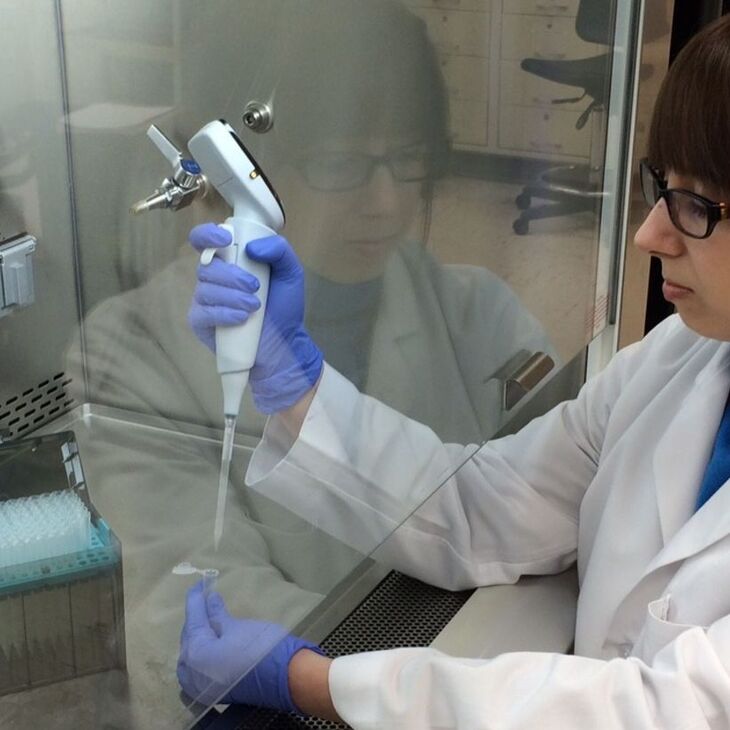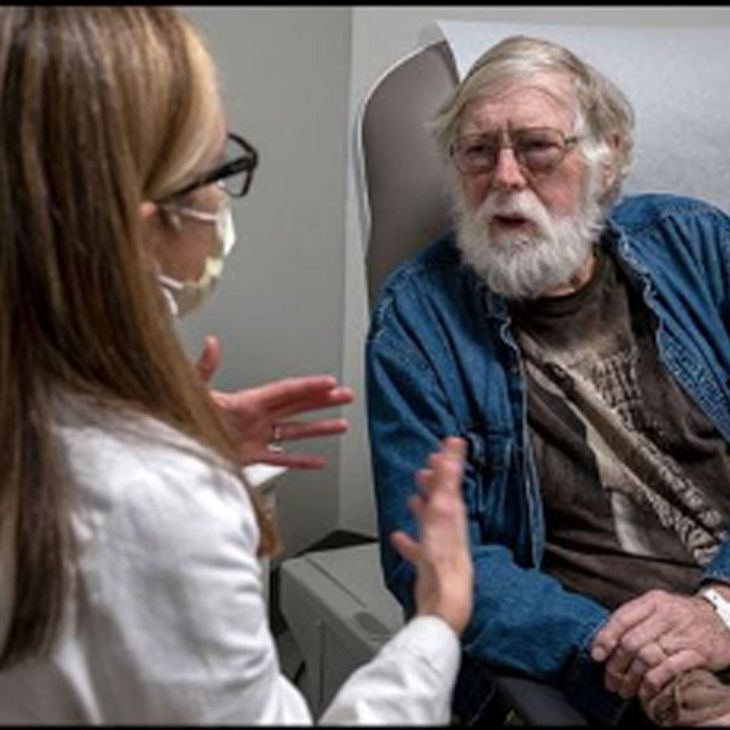Tim Landers, PhD, RN, CNP, CIC, associate professor at The Ohio State University College of Nursing and chair of the Association for Professionals in Infection Control and Epidemiology (APIC) Research Committee is co-author of the article, “APIC MegaSurvey: Methodology and overview,” recently published in the American Journal of Infection Control (AJIC). This article is the first in a series based on findings from the APIC MegaSurvey. Results from the APIC MegaSurvey, the largest-ever survey of the infection-prevention workforce, describe the core activities and competencies of infection preventionists (IPs).
APIC undertook the MegaSurvey in 2015 to create a baseline of data to answer critical questions related to practice and competencies, organizational structure and staffing, compensation and the demographics of IPs. IPs are experts in identifying sources of infections and limiting their transmission in healthcare facilities.
“Infection preventionists are the backbone of efforts to prevent infections in healthcare settings,” said Landers. “Despite increasing recognition of the importance of infection prevention, relatively little is known about contemporary IP practice. To provide resources to support IPs and identify future directions for infection prevention, APIC felt it was critical to understand IPs’ current practice environments.”
Results from the APIC MegaSurvey will allow for a better understanding of IP roles and responsibilities by facility type, years of experience, professional development and current position, and will provide insight into opportunities for professional development.
Of 13,050 eligible APIC members, 4,078 (31 percent) took the online survey in mid- to late 2015. Among the key findings:
- The majority of respondents (81 percent) have a primary discipline of nursing.
- Two-thirds of IPs (66.2 percent) currently work in acute-care settings; the remaining portion work in long-term care, ambulatory, outpatient and other care settings.
- Surveillance and investigation were reported as the most frequent activities by IPs, accounting for a quarter (25.4 percent) of infection prevention efforts.
- Forty-three percent of respondents are certified in infection prevention and control (CIC).
- More than 37 percent are not certified, but indicate they plan to sit for certification in the future.
- Individuals with current CIC certification had higher base compensation than those without current certification.
“The APIC MegaSurvey data establishes a benchmark for practice and compensation data, and suggests directions for future growth of the IP role,” Landers said. “Forthcoming articles, developed by the APIC Research Committee, will provide in-depth analyses of the data to frame IP practice for the coming years.”
One of the upcoming articles that will be of most interest to IPs will address staffing levels, organization and support of infection prevention and control programs. Additional articles will cover IP compensation, expansion of the IP workforce to include professionals with non-clinical backgrounds, roles and responsibilities of IPs working outside of the acute-care (hospital) setting and strategies to support certification.
In 2016, APIC published a Compensation Report based on MegaSurvey data. Additional reports on practices and competencies, and organizational structure will be released in March.
“APIC MegaSurvey: Methodology and overview,” by Timothy Landers, James Davis, Katrina Crist, and Charu Malik appears in the American Journal of Infection Control, Article in press.
ABOUT AJIC: AMERICAN JOURNAL OF INFECTION CONTROL
The American Journal of Infection Control (ajicjournal.org) covers key topics and issues in infection control and epidemiology. Infection preventionists, including physicians, nurses and epidemiologists, rely on AJIC for peer-reviewed articles covering clinical topics as well as original research. As the official publication of APIC, AJIC is the foremost resource on infection control, epidemiology, infectious diseases, quality management, occupational health and disease prevention. AJIC also publishes infection control guidelines from APIC and the CDC. Published by Elsevier, AJIC is included in Medline and CINAHL.
ABOUT APIC
APIC’s mission is to create a safer world through prevention of infection. The association’s more than 15,000 members direct infection-prevention programs that save lives and improve the bottom line for hospitals and other healthcare facilities. APIC advances its mission through patient safety, implementation science, competencies and certification, advocacy and data standardization. Visit APIC online at apic.org. Follow APIC on Twitter: twitter.com/apic and Facebook: facebook.com/APICInfectionPreventionandYou. For information on what patients and families can do, visit APIC’s Infection Prevention and You website at apic.org/infectionpreventionandyou.



